Debugging Open-Ended Designs
Debugging Open-Ended Designs: High School Students’ Perceptions of Failure and Success in an Electronic Textiles Design Activity
Learning about circuitry by connecting a battery, light bulb, and wires is a common activity in many science classrooms. In this paper, we expand students’ learning about circuitry with electronic textiles, which use conductive thread instead of wires and sewable LEDs instead of lightbulbs, by integrating programming sensor inputs and light outputs and examining how the two domains interact.
Citation
Searle, K. A., Litts, B. K., & Kafai, Y. B. (2018). Debugging open-ended designs: High school students’ perceptions of failure and success in an electronic textiles design activity. Thinking Skills and Creativity, 30, 125-134. DOI: 10.1016/j.tsc.2018.03.004

